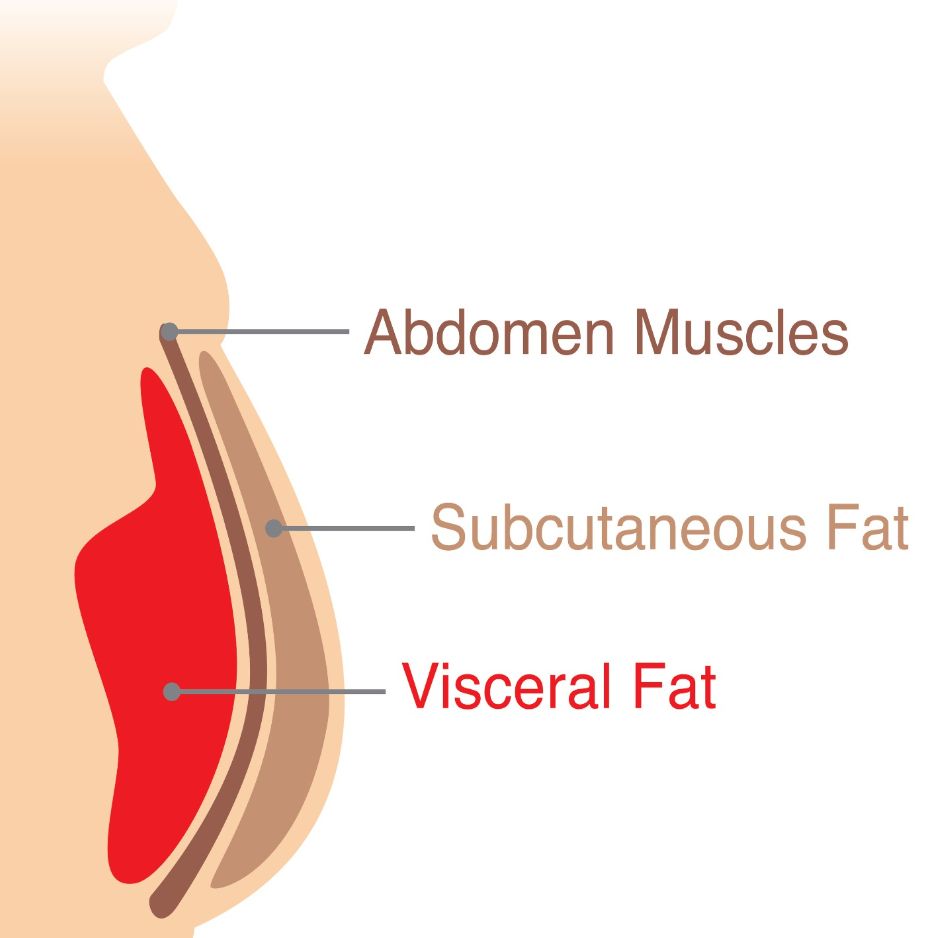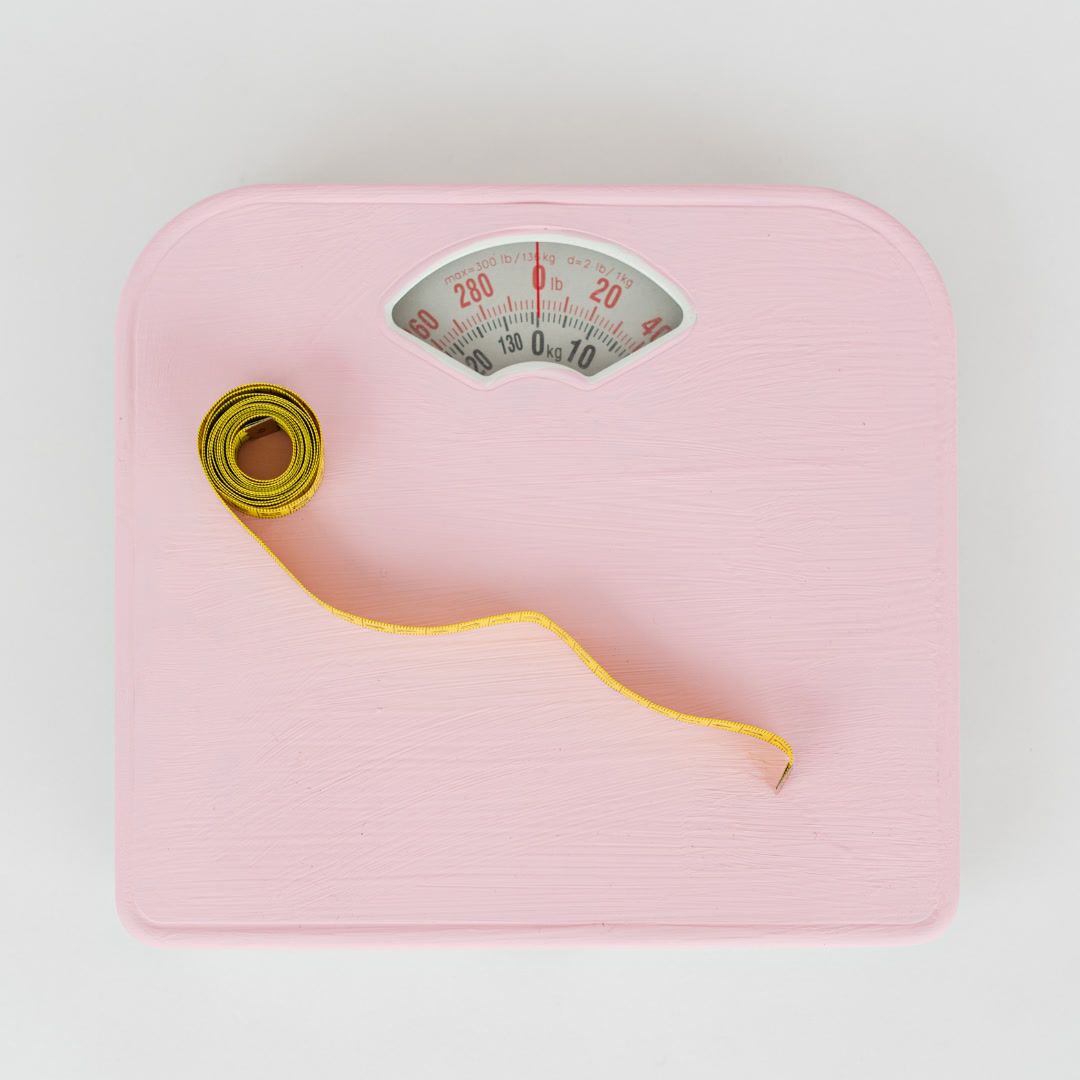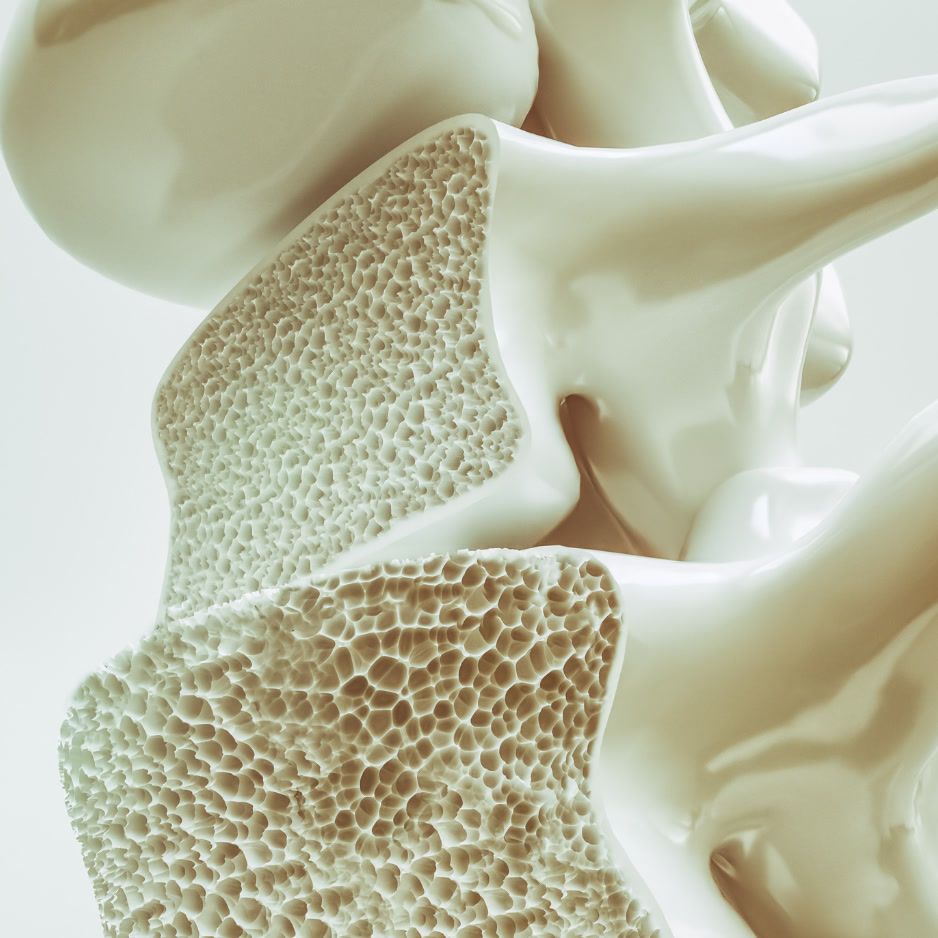Ball Exercises: Stability, Medicine & Slam Ball Workouts
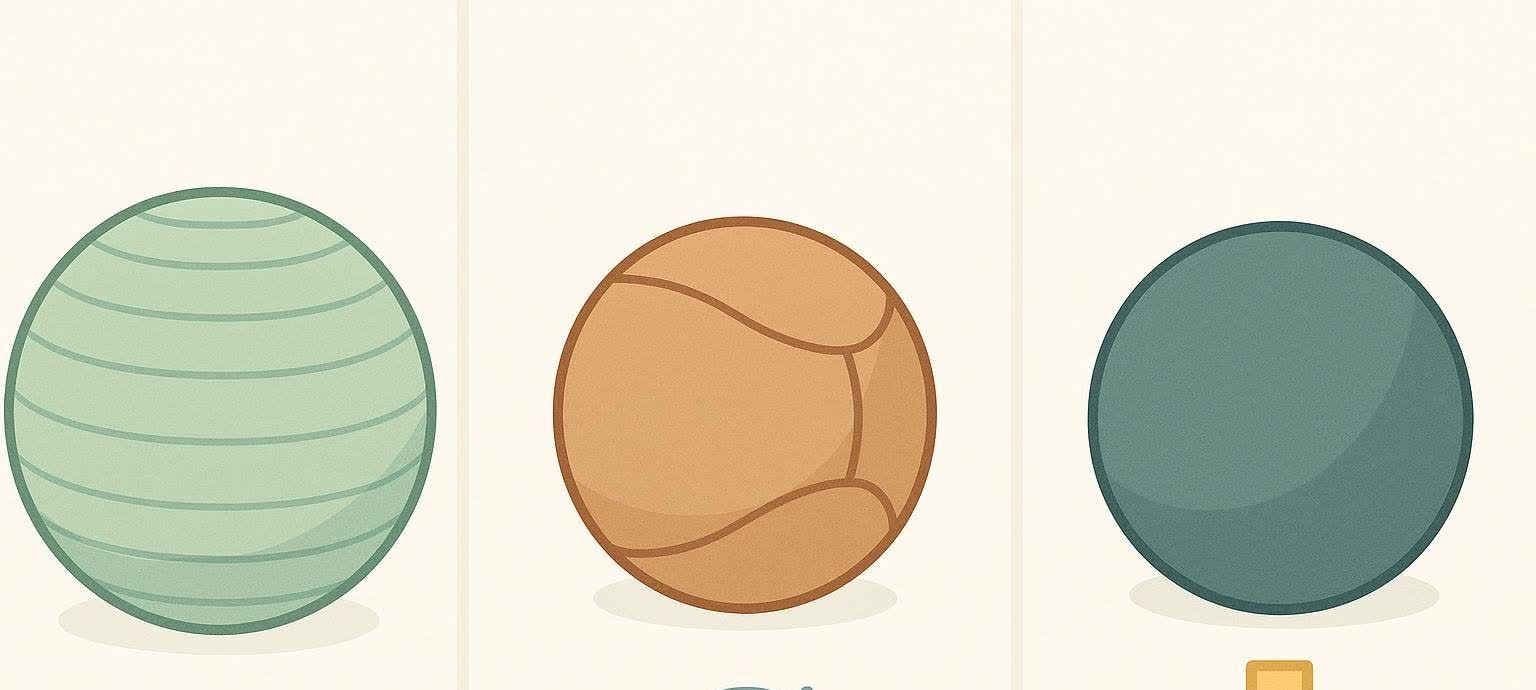
Ball Exercises: Stability, Medicine & Slam Ball Workouts
Want a stronger core, better balance, and real-world power without a full gym? Ball exercises check all three boxes. This guide covers the right ball for your goal, exact sizes to buy, step-by-step routines for beginners and seniors, and advanced progressions for athletes.
Quick links:
- Ball Types Explained
- Stability Ball Sizing and Setup
- 15-minute Core & Posture Routine
- Senior-Friendly Routine
- Advanced Med/Slam Ball Circuit
- FAQs
Ball Types Explained
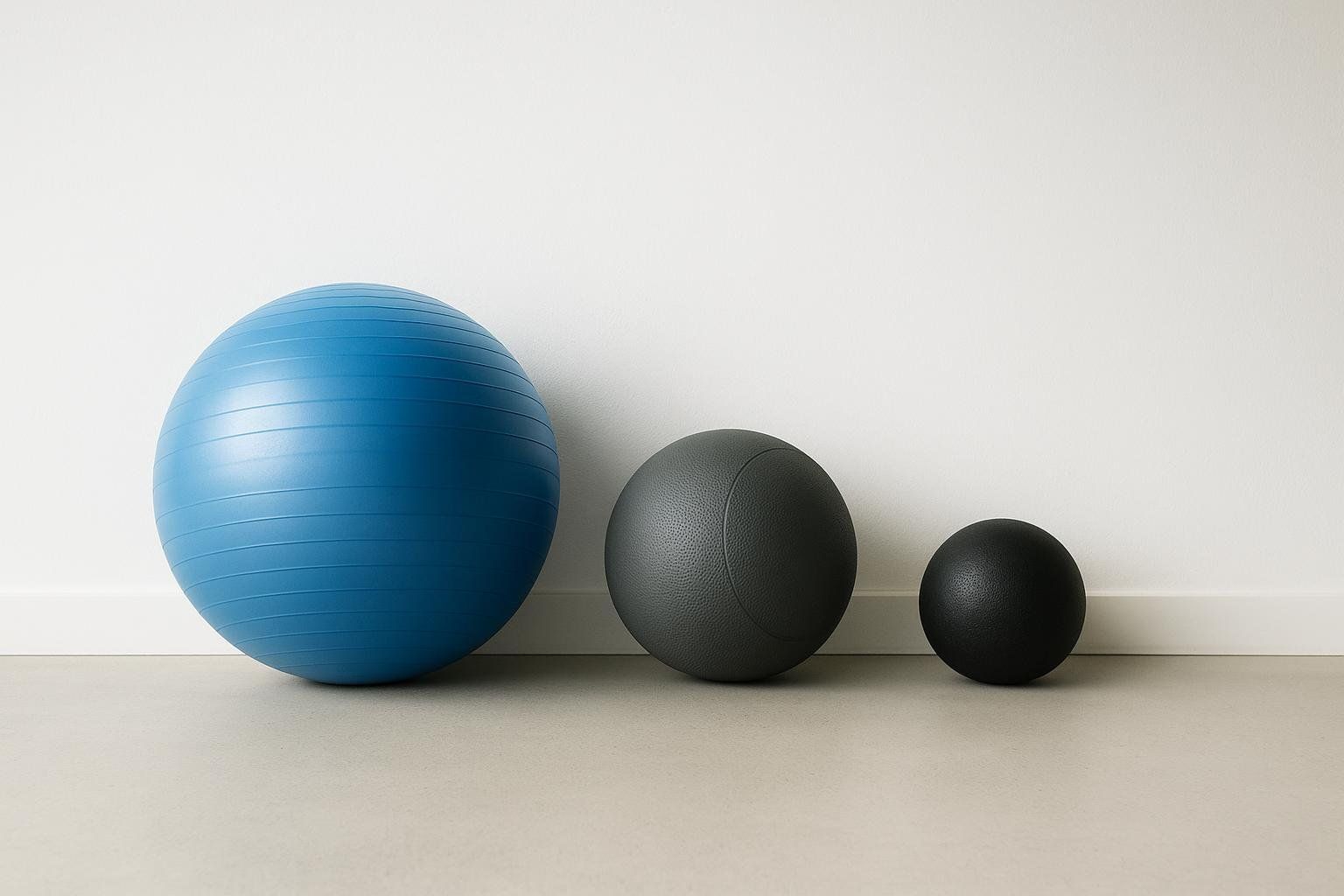
-
Stability ball (aka exercise, Swiss, or yoga ball)
- What it’s for: Core stability, posture work, mobility, and low-impact strength. The unstable surface increases trunk engagement in many exercises (Mayo Clinic fitness ball overview).
- Typical size: 55, 65, or 75 cm diameters. See the sizing chart below.
-
Medicine ball
- What it’s for: Rotational core work, throws, partner drills, and trunk power. Medicine ball throw tests are widely used to assess core power in sport (NSCA: tests of core muscle power).
-
Slam ball
- What it’s for: High-impact overhead and rotational slams with minimal bounce. Choose these when you plan to throw the ball into the floor often—slam balls are specifically built for this use (ACE guide to slam ball workouts).
Pro tip: Not every “medicine ball” is meant for slams. If it bounces like a basketball or has stitched panels, treat it as a med ball—not a slam ball (ACE guide to slam ball workouts).
Stability Ball Sizing and Setup
Pick ball size by height, then fine-tune with air pressure.
| Your Height | Recommended Ball Diameter |
|---|---|
| 5' and under | 45 cm |
| 5'1"–5'8" | 55 cm |
| 5'9"–6'2" | 65 cm |
| 6'3"–6'7" | 75 cm |
| 6'8"+ | 85 cm |

Your knees should be at roughly 90° when seated; if hips sit lower than knees, size up or add air (Spine-health sizing guide).
-
Softer vs. firmer: A softer (slightly deflated) ball is more stable for beginners; a firmer ball is less forgiving and challenges balance more (ACE stability ball fit facts).
-
If you have proportionally longer legs or a higher body weight, you may compress the ball more and benefit from sizing up or choosing a commercial-grade model.
Safety setup: Clear a 6–8 ft overhead radius for any ball you lift overhead; for slams, use a durable surface and a minimal-bounce slam ball (ACE guide to slam ball workouts).
Evidence-Based Benefits
- Core training meaningfully improves balance and jumping performance in healthy people, with 6–8 week programs (2–3x/week) showing the largest gains in studies (2023 systematic review and meta-analysis).
- A stability ball is a great exercise tool—but not a magic office chair. Research from the University of Waterloo found no core-activation or posture advantage when sitting on a ball vs. a chair and reported more discomfort on the ball (Waterloo position paper).
- For move ideas and proper technique, see Mayo Clinic’s fitness ball videos (e.g., bridge with heel dig, plank, and squat-and-reach) (Mayo Clinic fitness ball collection).
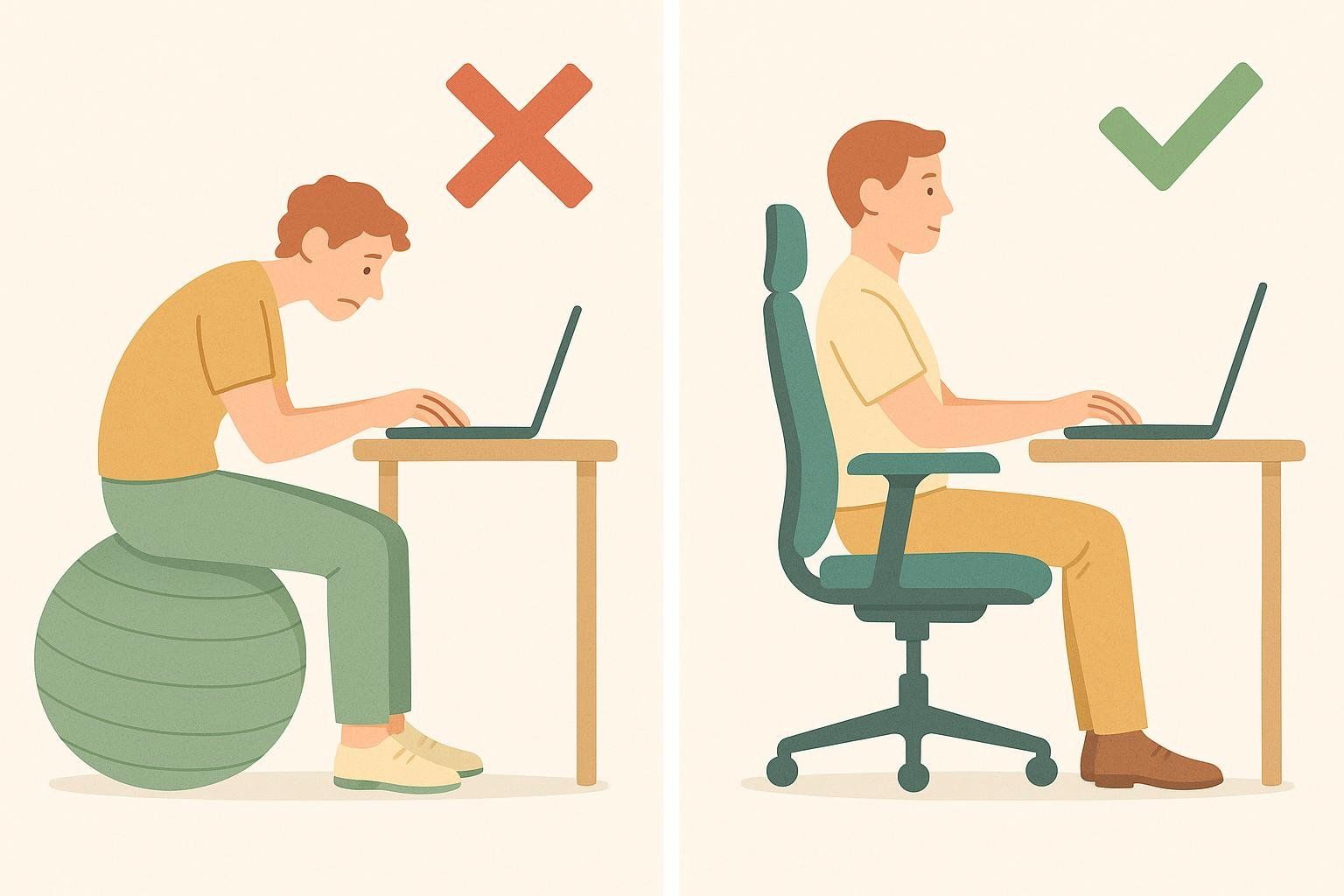
Routine 1: 15-minute Core & Posture (Stability Ball)
Perfect for busy professionals. Do this circuit 2–3x/week on nonconsecutive days.
-
Warm-up (1 min): Seated pelvic tilts and light torso rotations on the ball (10 each direction).
-
Circuit (3 rounds; 45 seconds work, 15 seconds transition):
- Wall Squat with Ball (posture focus)
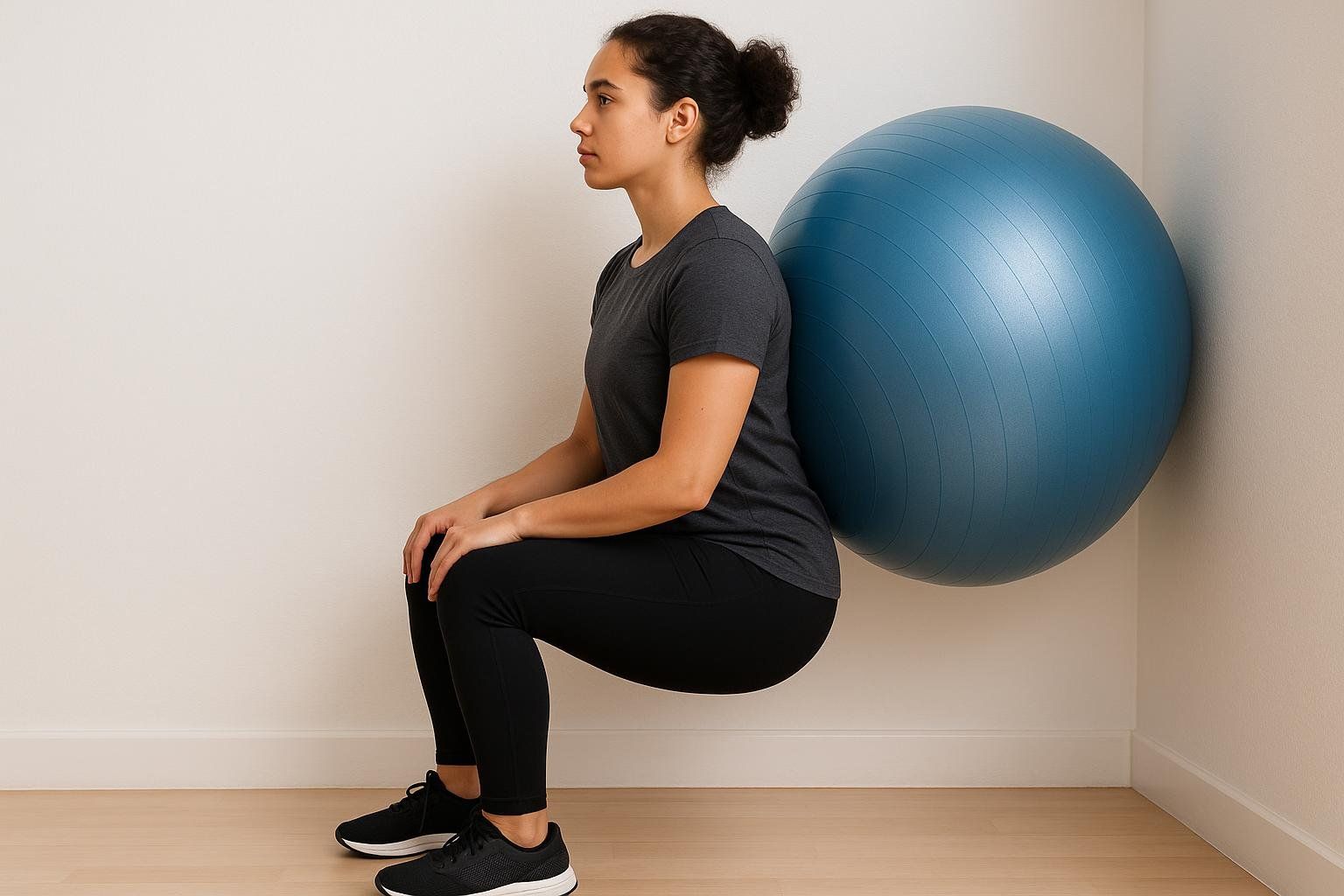
- Place ball at mid-back against a wall; feet shoulder-width and slightly forward. Sit to a comfortable depth while keeping a long spine.
- Why: Reinforces upright posture and knee-hip alignment.
- Bridge with Heel Dig (legs on ball)
- Hips up; place calves on the ball, then dig heels in and hold a strong line from shoulders to knees. Lower slowly with control. This move engages the glutes and hamstrings to support pelvic position. (Mayo Clinic demo)
- Why: Builds posterior-chain strength to stabilize the pelvis.
- Kneeling Ball Rollout
- From knees with forearms on the ball, slowly roll the ball forward as you extend hips and shoulders; keep ribs down and avoid low-back arch. Return with control.
- Why: Trains anti-extension core strength similar to an ab-wheel while using the stability ball. (Technique aligns with ACE’s forward transverse roll guidance in ACE stability ball fit facts)
- Plank with Hands on Ball
- Forearms or hands on ball; ribs down, squeeze glutes; breathe. Reduce lever by moving knees closer if needed.
- Why: Challenges anti-extension strength and shoulder stability via the unstable surface.
- Seated Thoracic Extension Over Ball (mobility finisher)
- Sit tall, hands behind head; gently extend over the ball a few inches, then return.
- Why: Improves upper-back mobility to counter desk posture and support efficient breathing.
Progression: Increase work to 50–60 seconds, or make the plank harder by elevating feet on a step.
Related reads: How to Build Core Strength: A Complete Guide and Mobility Exercises: Drills for Office, Runners & Seniors
Routine 2: Senior-Friendly Stability Ball Basics (Balance & Joint Health)
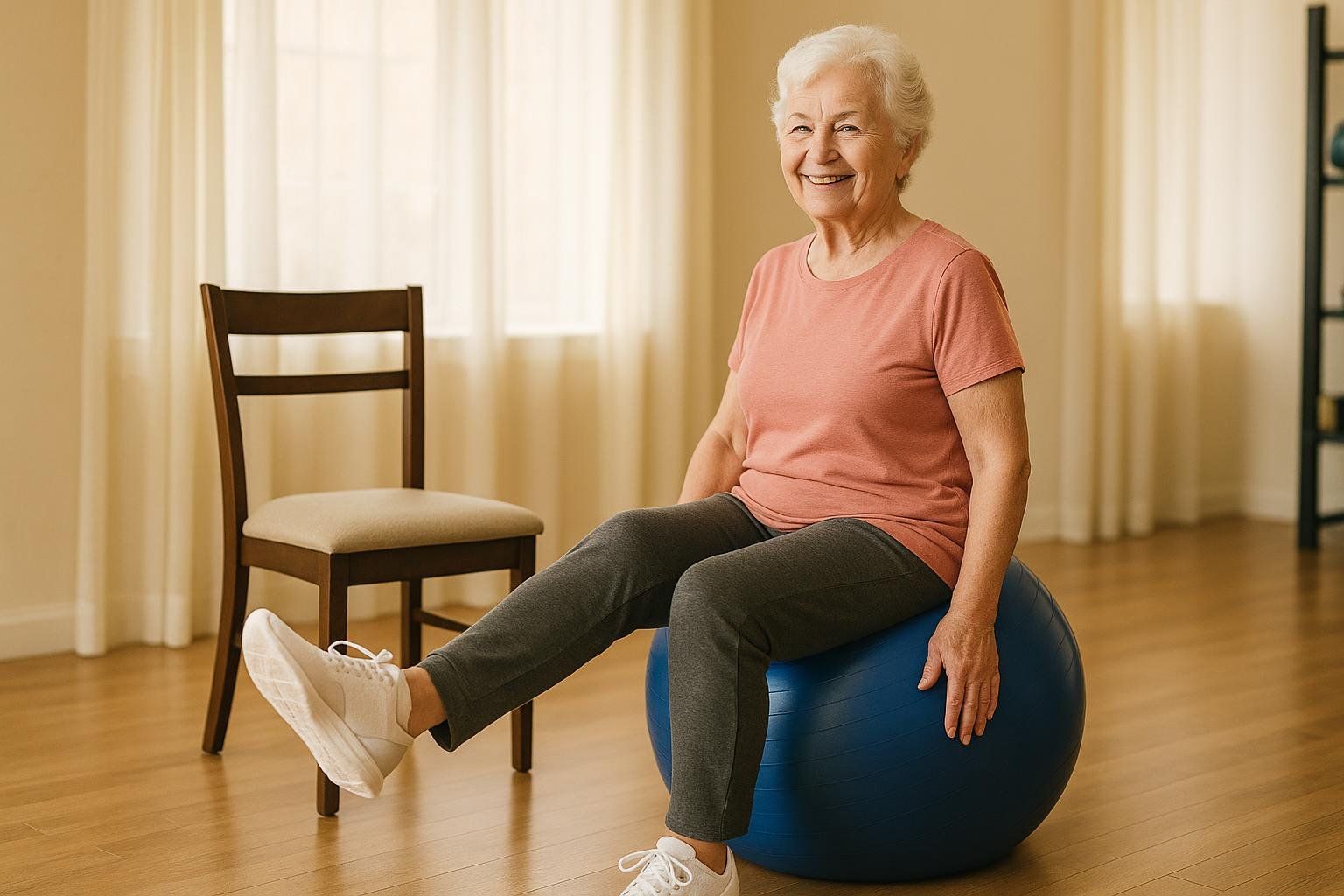
Designed for older adults who want low-impact strength and stability. Always use a properly sized, slightly softer ball and set up near a sturdy counter for support. For posture cues, see MyHealth Alberta’s guide on proper sitting posture. Aim for 3–4x/week in short sessions.
- Flow (2–3 easy rounds):
- Seated Knee Extensions
- Reps: 8–12 per side
- Cues: Sit tall; slowly straighten one knee, pause, and lower with control. Keep toes pointing up.
- Pelvic Rotations
- Reps: 8–12 each direction
- Cues: Keep chest lifted; draw small, smooth circles with your hips. Use a countertop for fingertip support if needed.
- Wall Squat with Ball
- Reps: 8–10 total
- Cues: Place ball at mid-back; descend to a pain-free depth. Keep knees tracking over toes and weight in heels.
- Bridge (Calves on Ball)
- Reps: 8–10 total; Hold: 6 seconds each rep
- Cues: Place calves on the ball with knees slightly bent; brace your abdominals; lift hips into a straight line from shoulders to knees; lower slowly.
- Child’s Pose with Ball
- Seated Knee Extensions

- Hold: 15–30 seconds; Repeat: 2–4 times
- Cues: Kneel behind the ball; roll it forward to lengthen the back and shoulders. Breathe slowly.
Safety notes:
- Keep a chair, wall, or counter within arm’s reach.
- If balance is a concern, reduce air pressure to make the ball more stable (ACE fit facts).
Related reads: How to Improve Balance: Exercises for Every Level
Routine 3: Advanced Power — Medicine & Slam Ball Circuit
Best for athletes and experienced exercisers. Focus on speed and crisp technique; pick a load that lets you move explosively. Perform 3–5 rounds, resting 60–90 seconds between movements. Do 2–3x/week, not on back-to-back days.
- Rotational Med-Ball Throw (into wall) – 6–8/side
- Pivot through hips; keep arms relaxed and let the trunk drive the throw. Medicine ball throws are a validated way to develop and assess core power (according to NSCA assessments).
- Chest Pass (into wall) – 8–10 reps
- Athletic stance, ribs down; drive from legs and core.
- Overhead Slam (slam ball) – 8–10 reps
- Reach tall, then hinge and “zip” the ribs down as you drive the ball to the floor. Use a minimal-bounce slam ball for safety.
- Around-the-World Slam (slam ball) – 6/side
- Move the ball in an arc above the head and slam; switch directions each rep.
Load guidance: Choose a ball that stays fast through all reps—power training prioritizes velocity over grind. If the throw slows, reduce weight to maintain speed. This approach aligns with NSCA guidance on velocity for power development.
Weekly planner (mix-and-match)
- Beginner: Routine 1 on Mon/Thu, plus an easy walk or mobility on other days.
- Seniors: Routine 2 on Mon/Wed/Fri (short sessions).
- Athletes: Routine 3 on Tue/Fri, plus strength lifts or sprint work on alternate days.
FAQs
-
What size stability ball should I buy?
Use height to choose 45–85 cm and aim for 90° knees when seated; adjust air to fine-tune fit (Spine-health's sizing guide). -
Are ball exercises good for seniors?
Yes—when scaled appropriately. Seated knee extensions, pelvic rotations, bridges, and wall squats are senior-friendly staples. -
Should I use a stability ball as my office chair?
Not recommended. Research shows no core/posture benefit and higher discomfort vs. a standard chair (Waterloo position paper). -
How often should I train with balls?
For improvements in balance and power, 2–3 focused sessions per week for 6–8 weeks is a solid starting point (2023 core-training meta-analysis). -
What’s the difference between a medicine ball and a slam ball?
Slam balls are designed for high-impact throwing with minimal bounce; medicine balls are better for controlled throws and partner work and shouldn’t be slammed to the floor unless specified by the manufacturer (ACE guide to slam ball workouts).
Track results the smart way
If your goal is to build a stronger trunk and reduce hidden belly fat, a traditional scale can’t tell you if it’s working. A BodySpec DEXA scan quantifies trunk lean mass, total body fat, and even visceral fat. Use a baseline scan, then rescan every 8–12 weeks to validate changes and fine-tune your plan.
- First, learn what a DEXA scan measures and how to prepare.
- Then, pair your ball workouts with our core-strength guide.
- To move and feel better between sessions, explore balance training and mobility exercises for joint health.
Ready to get data-driven? Book a scan at a BodySpec clinic or mobile van near you and turn today’s workout into measurable progress.
